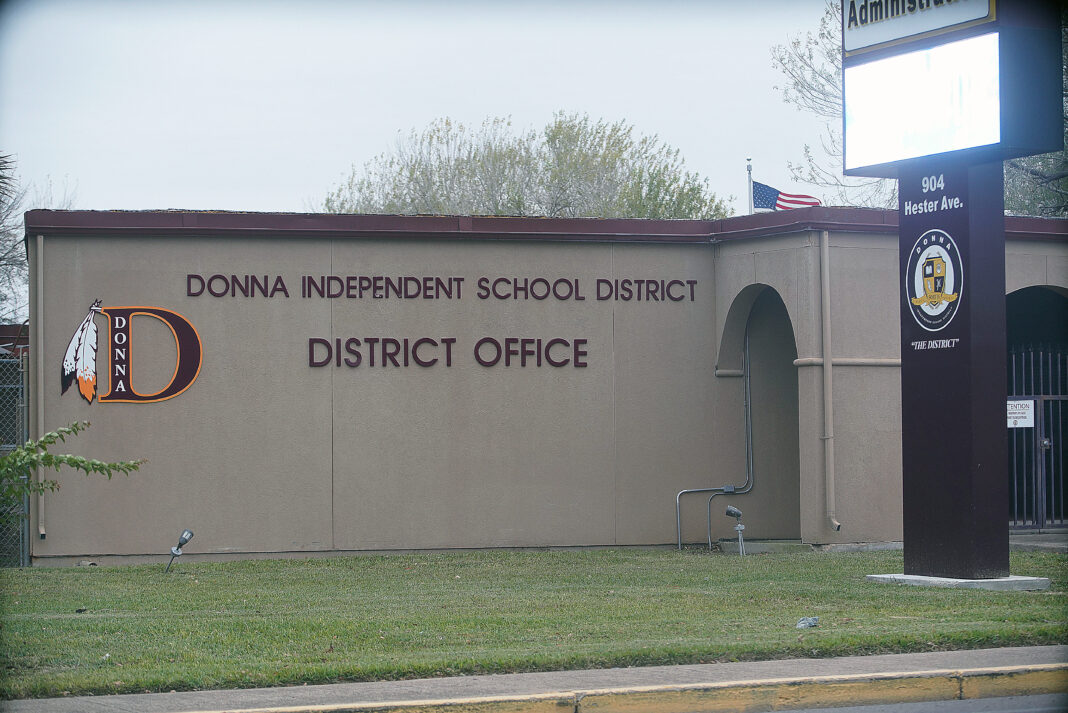|
Only have a minute? Listen instead
Getting your Trinity Audio player ready...
|
Changes are coming to Donna ISD’s dress code.
Superintendent Angela Dominguez said the district sent out a survey earlier this year on dress code after hearing from students frustrated with the district’s policies, which Dominguez describes as “pretty conservative and a little bit antiquated.”
Over 500 parents and students responded to that survey and the district created a committee that consisted of students, parents and administrators to review policies.
“So I think it’s pretty amazing that our trustees are open to hearing them and weighing that feedback,” Dominguez said. “And we will definitely be making adjustments to our dress code as a result of that student feedback.”
Those opinions are particularly valuable in a post-COVID educational environment, Dominguez said.
Several districts in Hidalgo County have struggled with getting students back in classrooms and stemming declining enrollment numbers. Fears over learning loss sprouted up just after the pandemic’s onset.
“We need our kids in school,” Dominguez said. “And so we don’t want to lose academic or social/emotional ground with our kids, so we felt like it was really important to listen to them and make some adjustments in our policy so that we’re a little more accommodating to where students are right now.”
The district is also hoping to hear students’ voices more aggressively in the district’s policies — something Dominguez says will prove instructional.
“It wasn’t just enough to have them come to the table and give their feedback,” she said. “We told them they had to present their ideas, and they were thrilled to do it. It was really exciting to see them take ownership and get some background and lessons about advocating for themselves.”
Two Donna High students serving on the dress code committee did just that at the school board’s meeting last week.
The most significant recommendation on the middle school dress code is likely allowing students to wear blue jeans. Other recommendations included allowing hats, leaving hair length up to parents, allowing ear piercings and not requiring shirt-tucking and belts.
Dominguez described those recommendations as still fairly conservative.
Recommendations for high school students were more progressive. Those recommendations included allowing beards, moderately torn jeans and tops cut no more than two inches above the student’s navel.
The importance of gender-neutral policies was a thread that ran through the presentation, along with avoiding policies targeting traditionally feminine apparel.
“So of course, we don’t want anything that’s exposing too much skin or anything that may be seen [as] inappropriate, but we do think we should start accepting more halter tops and tank tops and stuff, and even crop tops,” 11th grade committee member Ayla Campa told the board. “In a lot of women’s fashion today, that is what you’re going to see. So when you take that away, it’s very limiting and you start targeting women, or the feminine students who are wearing these clothes.”
Campa asked whether pulling a student from class was really less of a distraction than some current code infractions. She said the district should avoid stigmatizing students with less traditional style choices.
“We’re hoping to make it more accepted, because the more you take things away — so let’s say, for example, facial piercings and all that stuff — the more you take it away from people seeing it, the more weird people see it as,” she said.
Allowing facial piercings is perhaps the most progressive of the recommendations Campa and her classmate presented.
Trustee Fernando Castillo seemed skeptical at first that parents would be comfortable with that.
“It’s just a few holes in your face,” Campa, who wears three facial piercings, said. “It’s not anyone’s business.”
Trustees who spoke seemed generally receptive to the recommendations — one singled out the logic on feminine apparel for specific praise.
Castillo noted that the district had a responsibility to be a sort of mirror for its community.
“I really embrace the fact that you all are looking at this and administration is looking at this too, because at the end of the day, we need to change with the times,” he said.
Castillo said he’d be willing to accept the looser dress code standards so long as students perform in class.
“Academically, you must make the grade,” he said. “There’s no such thing as below a 70. We’ve got to get it through our head that nothing is acceptable below 70, it’s got to be 70 or higher in everything.”
Changes to the dress code are expected to be finalized in June.





